
Anyone on a woodland walk this spring may be lucky enough to come across carpets of beautiful bluebells – but do you know the best places to find them?
Leaf through a few of the prime locations where you’re likely to see swathes of these spring beauties.
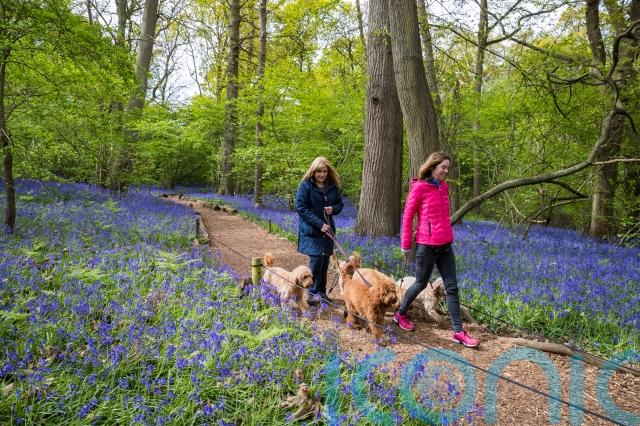
There’s plenty to explore in this sweeping parkland of ancient oaks and ponds, offering 422 acres to explore every day of the week 363 days a year (and open on Sunday, April 27 for the charity, the National Garden Scheme). With a choice of circular walks of varying length, (1km to 5km), you can immerse yourself in a haze of bluebells on one of the trails, enjoy wood anemones and blossom, and spot mammals, birds and insects along the way. Ideal for a family day out.
Ashridge Estate, nr Berkhamsted, Herts
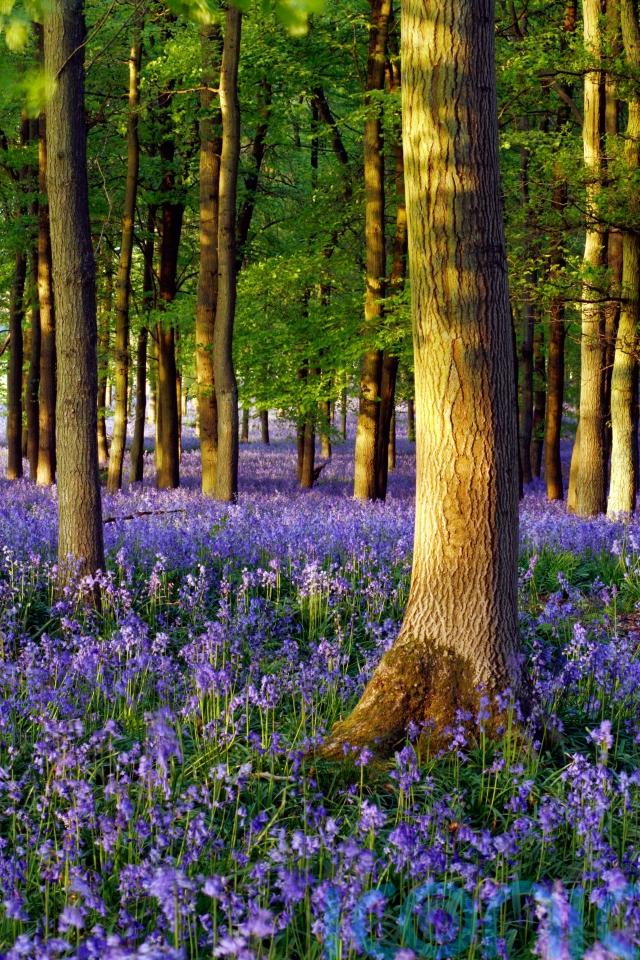
This 5,000-acre area of the Chiltern Hills (Area of Outstanding Natural Beauty) with beech and oak woodlands, commons and chalk downlands, supports a rich variety of wildlife and features amazing carpets of bluebells in spring, rare butterflies in summer and fallow deer that rut in autumn.
Aughton Woods, Lancashire
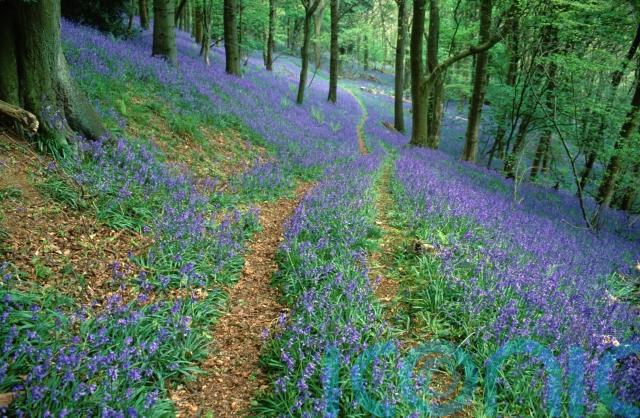
A visit to Aughton Woods, an ancient woodland and nature reserve managed by Lancashire Wildlife Trust, will bring peace and solitude to any visitor. Five miles north-east of Lancaster, you’ll find swathes of azure bluebells catching the light through the trees, but also primroses, foxgloves and ferns. Listen out for chiffchaffs and chaffinches, watch out for five species of tit as they flit from tree to tree and woodpeckers as they hammer into the bark of trees.
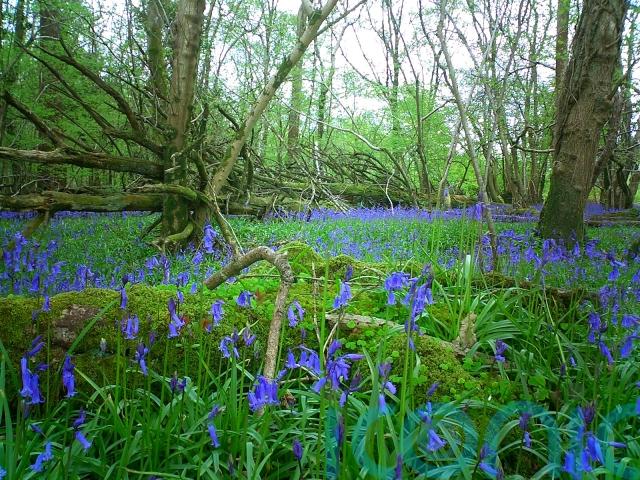
This gem of a nature reserve, tucked away among the fields and lanes of rural West Dorset, is home to an impressive list of rare and protected species among an intricate mosaic of unimproved wet and dry grassland, scrub, woodland and small copse. In spring the woodlands are alive with birdsong and sprinkled with a carpet of bluebells, wild daffodil, herb-paris and early purple orchid. Along with the mix of habitat types, the abundance of ‘edges’ where woodland, scrub and scattered trees meet open grassland are particularly important for foraging bats, with the site supporting several rare species.
Belsay Hall, Castle and Gardens, nr Morpeth, Northumberland
In spring, English Heritage’s Belsay Hall breathes new life into the stunning Grade I-listed gardens, with daffodils flowering freely, while the woodland pathways come alive with carpets of bluebells and primroses. Explore the Quarry Garden as ferns unfurl and rhododendrons burst into vibrant pinks and purples.
Brodsworth Hall and Gardens, south Yorkshire
Spring is among the best time to explore the gardens of this English Heritage property, which is full of surprises and family-friendly features. Masses of bluebells adorn the woodland floors and wildflower lawns, as well as other spring-flowering bulbs. In the past 30 years Brodsworth’s extensive gardens have been restored with brilliant bedding, formal topiary, a fern-filled dell and quirky garden buildings.
Murlough National Nature Reserve, County Down
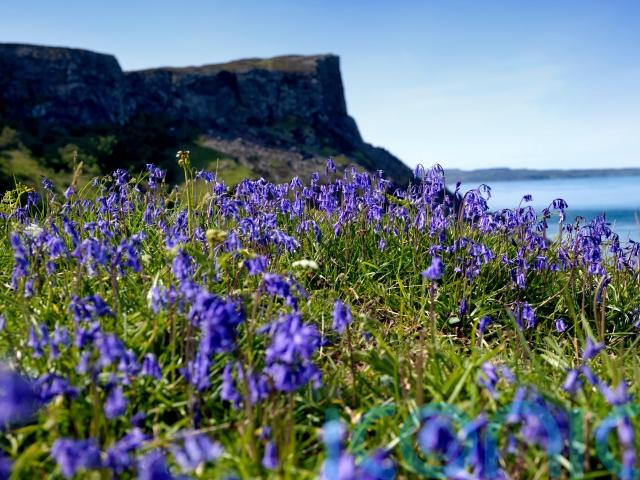
Murlough National Nature Reserve is home to one of the most stunning beaches in County Down and there are paths running through the dunes and heathland. The landscape serves as a stunning backdrop for wild flowers in spring, including a dazzling display of bluebells in the woods.
Highwood, Kilmacolm, Renfrewshire (open Sun, May 11 for Scotland’s Gardens Scheme)
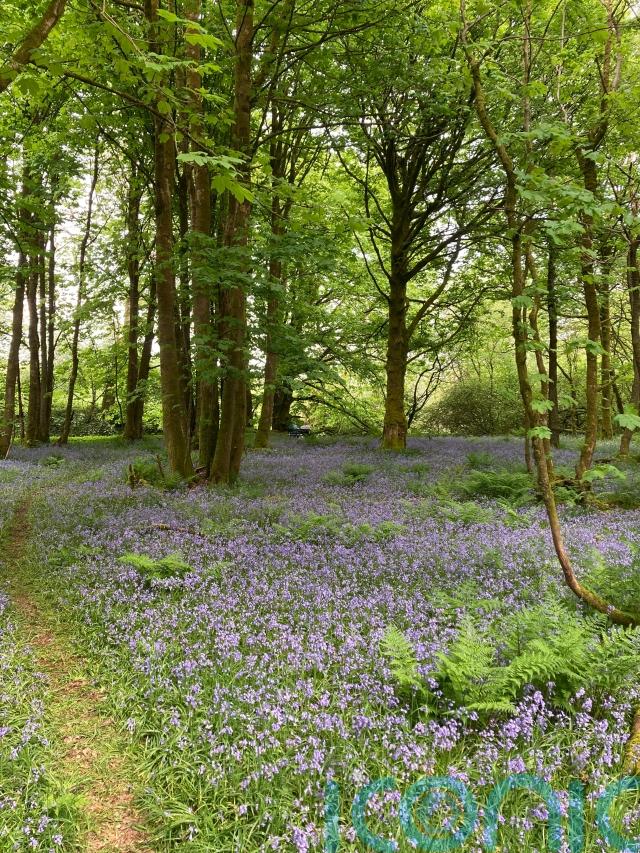
A beautiful woodland walk around 50 acres of native bluebells and primroses in a delightful setting bordering the Green Water river with tumbling waterfalls. Great outdoor space for children to run and explore and splash in the burn, under supervision, of course.
Subscribe or register today to discover more from DonegalLive.ie
Buy the e-paper of the Donegal Democrat, Donegal People's Press, Donegal Post and Inish Times here for instant access to Donegal's premier news titles.
Keep up with the latest news from Donegal with our daily newsletter featuring the most important stories of the day delivered to your inbox every evening at 5pm.